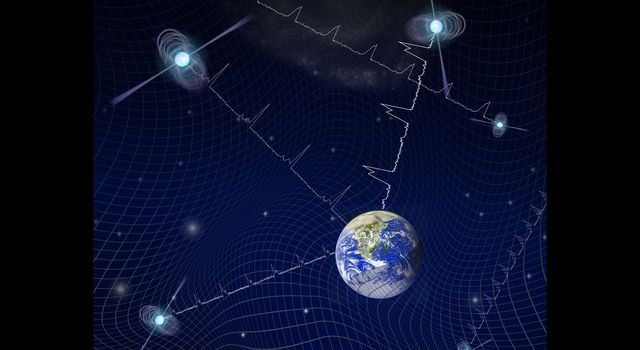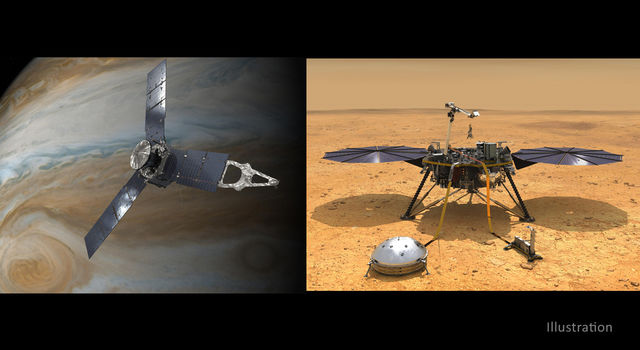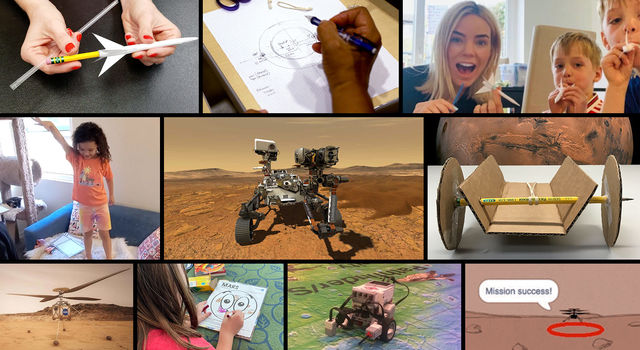Blogs | Rocks and Stars with Amy | January 29, 2010
The Golden Ticket
We have discovered our first new near-Earth asteroid with WISE. Our first "golden ticket" is now known as 2010 AB78. It's an asteroid that is roughly 1 kilometer [about .6 miles] in diameter, so it's fairly large. The most interesting thing about it so far is that we thought we knew of about 85 percent of all the asteroids 1 kilometer and larger, so finding a big one like this is a little unusual. Of course, unlike Charlie and his chocolate bars, finding the golden ticket wasn't a matter of luck, but a meticulous search process more like a busy assembly line.
Near-Earth objects are asteroids and comets with orbits that get close to Earth's orbit. That doesn't mean they are going to hit the Earth, of course. It's sort of like driving on a busy street; just because there are a lot of cars zipping by on either side of you, it doesn't necessarily mean your car is going to hit one. The cars would have to be at the same place at the same time for that to happen. So even though the paths each car has traveled might get close, there is no collision.
WISE finds asteroids by using a sophisticated piece of software called the WISE Moving Object Processing System, or WMOPS. When we first get a set of images from WISE, we have software that automatically searches the images for all the sources in them, be they stars, galaxies or asteroids. The software records their positions and how bright they are. WMOPS goes into that source list and figures out which sources are moving compared to the fixed stars and galaxies in each frame. Then, it figures out which sources are actually the same object -- just observed at different times. So it's a pretty smart piece of code. The whole system has to be highly automated, since when the WISE survey is done, the source catalog will contain several hundred million sources! You can imagine that trying to sort through all of these to find individual objects would be very challenging without a nifty program like WMOPS.
Our newest addition to the approximately 6,600 near-Earth Asteroids that are currently known is shown in this new image above.
2010 AB78 shows up like a glowing red ember at the center of the image, because it's glowing brightly in infrared light with a wavelength of 12 microns, which is about 20 times redder than your eye can see. The stars appear blue, because they're much hotter, and they emit proportionally less of their energy at these long wavelengths. The color that the asteroids appear to WISE is an important feature we use to distinguish them from other stars and galaxies, in addition to their motion.
With this first asteroid discovery, we are flexing our muscles in preparation for the heavy lifting we're about to start.
TAGS:WISE, ASTEROIDS & COMETS, SPACECRAFT, MISSION, UNIVERSE







